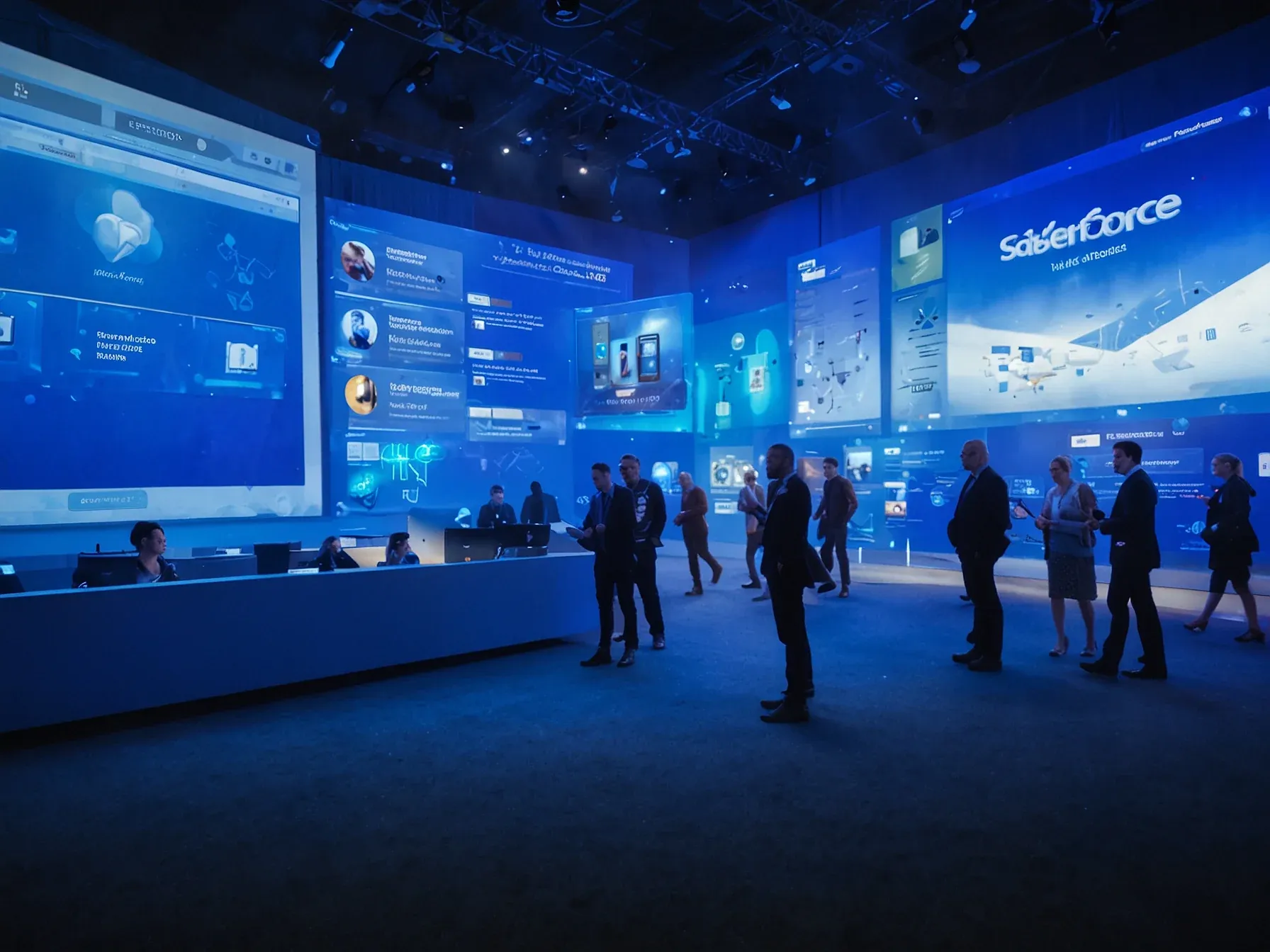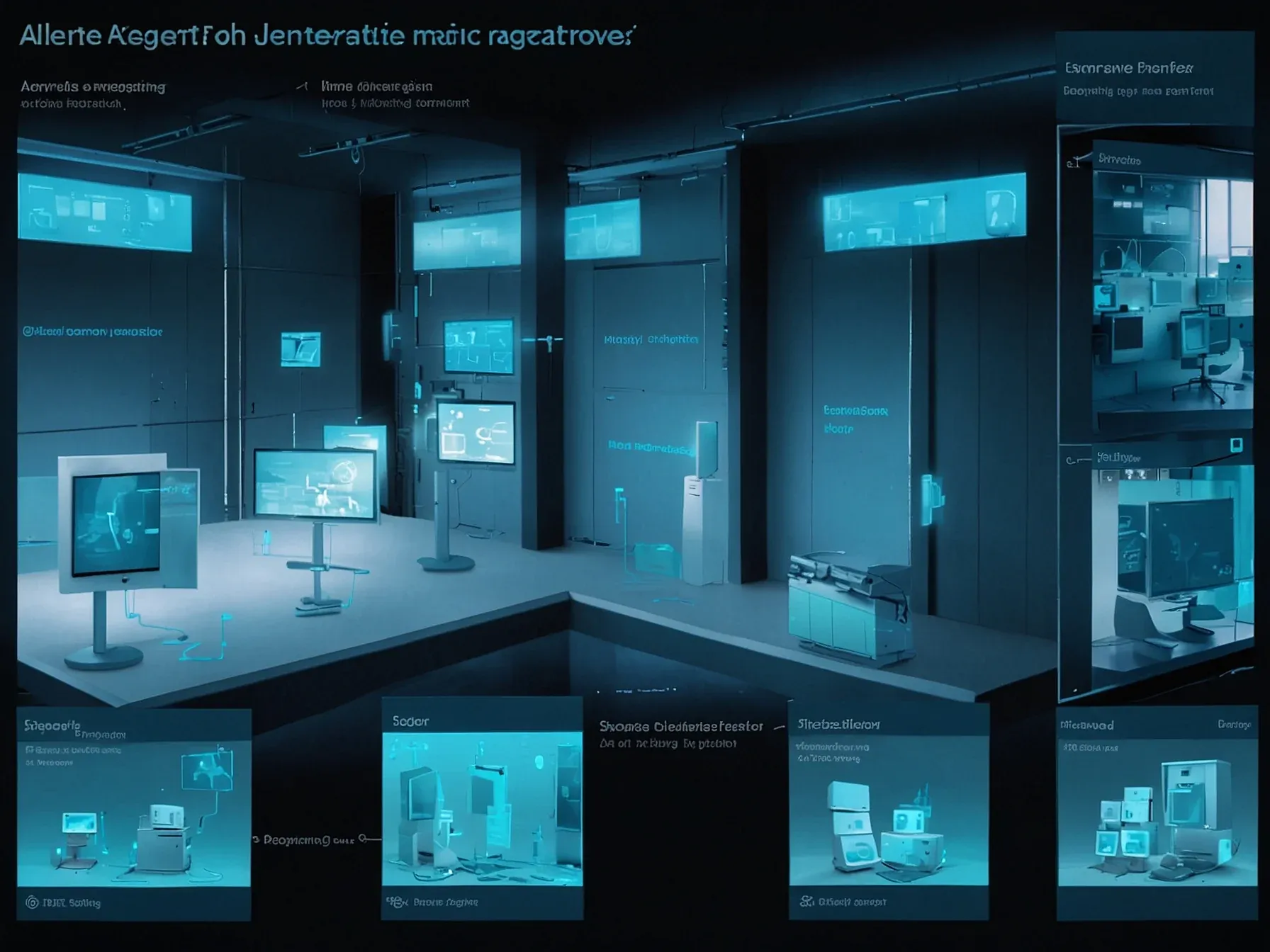
AI startups use revenue as recruiting bait, citing demos and social media buzz
Why do so many AI startups brag about the money they’ve pulled in? The answer isn’t just balance sheets; it’s talent. In recent conversations, founders admit that a hefty ARR figure can be a magnet for engineers hungry for the next big thing.
Taylor, for instance, spent a good chunk of our interview unpacking Sierra’s $100 million milestone, arguing that the number carries weight beyond the usual annual‑recurring‑revenue metric most newcomers cite. He points out that Sierra’s playbook—showcasing a sizable revenue stream while rolling out flashy demos—has become a template for newer firms hoping to stand out in a crowded field. While the cash flow tells one story, the real competition is often played out on social platforms, where a slick prototype can eclipse years of product development.
This dynamic shapes hiring pitches, investor decks, and the very narrative that surrounds emerging AI companies. It’s in this context that Taylor drops his observation about the ease of crafting demos and winning a popularity contest online.
"I think AI is a category where it's relatively easy to make a demo and sort of win a popularity contest on social media." Taylor spent a good chunk of our conversation explaining why he thinks Sierra's $100 million means more than the typical AI startup ARR number. Sierra follows the same model used by public enterprise software companies like Salesforce and ServiceNow. It signs at least 12-month, often multi-year contracts, bills annually up front, and gives customers 30 days to pay after signing. By contrast, many AI startups, especially those with more consumer-ish products or usage-based pricing, reach a public ARR figure by multiplying a good month's revenue by 12.
Is flashing ARR the new résumé? Startups like Sierra are betting that a $100 million headline will attract talent faster than a polished demo or a viral tweet. The practice reflects a hiring market that feels “hyper‑competitive,” where candidates skim headlines before digging into technical depth.
Yet the approach raises questions about sustainability; a large revenue figure does not automatically guarantee a supportive engineering culture or long‑term product vision. Taylor argues Sierra’s number “means more than the typical AI startup ARR,” implying that scale can signal stability, but the article offers no data on retention or employee satisfaction. Moreover, the claim that “AI is a category where it’s relatively easy to make a demo and sort of win a popularity contest on social media” suggests that hype can outpace substance.
Unclear whether this revenue‑centric recruiting will translate into deeper talent pipelines or simply become another flash in the pan. For now, the trend sits at the intersection of marketing flair and genuine growth, leaving observers to watch how firms balance headline numbers with the day‑to‑day realities of building AI teams.
Further Reading
Common Questions Answered
Why do AI startups like Sierra highlight a $100 million ARR figure when recruiting engineers?
Founders say a high ARR acts as a magnet for talent because it signals market traction and financial stability. In Sierra’s case, the $100 million milestone is presented as more compelling than a typical demo or viral tweet, helping attract engineers in a hyper‑competitive hiring market.
How does Sierra’s revenue model compare to public enterprise software companies such as Salesforce and ServiceNow?
Sierra adopts a similar approach by signing at least 12‑month, often multi‑year contracts, billing customers annually up front, and offering a 30‑day period (likely a trial or payment window). This model mirrors the subscription‑based revenue structures of established enterprise software firms.
What role do demos and social‑media buzz play in the hiring strategies of AI startups according to the article?
While demos and viral social‑media posts can generate interest, the article argues they are less effective than a strong ARR headline for attracting candidates. Startups like Sierra believe that showcasing a large revenue figure outweighs the popularity contest of demos on social platforms when recruiting engineers.
What concerns does the article raise about using ARR headlines as a hiring tool?
The article cautions that a large revenue figure does not automatically ensure a supportive engineering culture or a sustainable product vision. It questions whether flashing ARR is a reliable indicator of long‑term stability for prospective hires.




